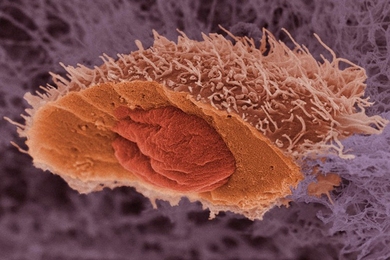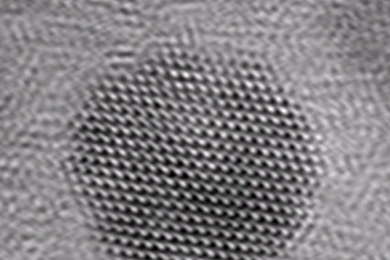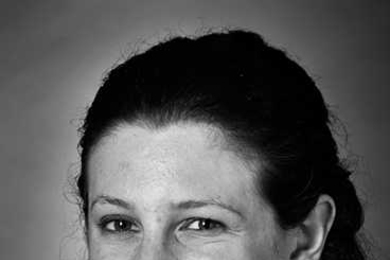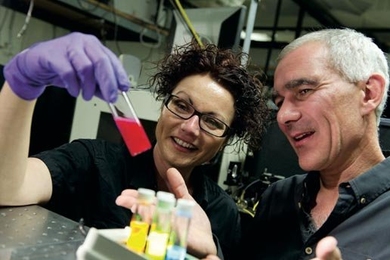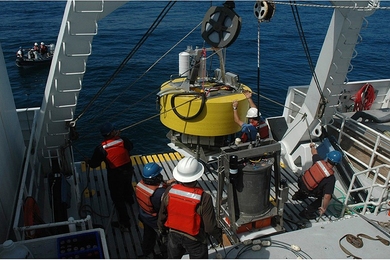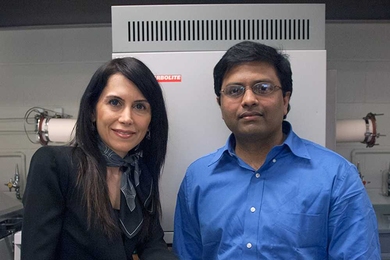Some cancer mutations slow tumor growth
Surprising result suggests that enhancing these mutations’ impact could offer a new way to treat cancer.
MIT researchers improve quantum-dot performance
New production method could enable everything from more efficient computer displays to enhanced biomedical testing.
MIT researchers honored for 'Revealing Invisible Changes'
CSAIL team recognized by National Science Foundation for video that catches motions too subtle for the naked eye.
Legatum Fellows bring innovation to emerging markets
Students see opportunities in the emerging economies of Asia, Africa and Latin America.
Toward practical compressed sensing
Researchers show how the vagaries of real-world circuitry affect the performance of a promising new technique in signal processing and imaging.
MIT students create new medical devices
Precision machine design class links doctors with students to find ways of meeting pressing medical needs for new technology.
ESD alumna wins Singapore Challenge Prize
Lynette Cheah and team take first place at international competition for their innovative transportation plan.
Student overcomes cancer to shine at internship and graduate
Liz Katcoff (SB 2008) earns MBA and SM in Leaders for Global Operations program.
Cardiac development needs more than protein-coding genes
Biologists find that long non-coding RNA molecules are necessary to regulate differentiation of embryonic stem cells into cardiac cells.
Capturing energy from the sun
MIT investigators are inspired by a deep-sea bacterium that is able to harvest tiny amounts of incoming solar energy with exquisite efficiency.
Putting the squeeze on cells
By deforming cells, researchers can deliver RNA, proteins and nanoparticles for many applications.
Science students hold design-thinking workshop
Program aims to help students gain perspective on new methodologies, improve overall research skills.
Microbiologists eavesdrop on the hidden lives of microbes
Scientists track ocean microbe populations in their natural habitat to create a ‘day in the life’ montage.
Rare earth oxides make water-repellent surfaces that last
Ceramic forms of hydrophobic materials could be far more durable than existing coatings or surface treatments.
